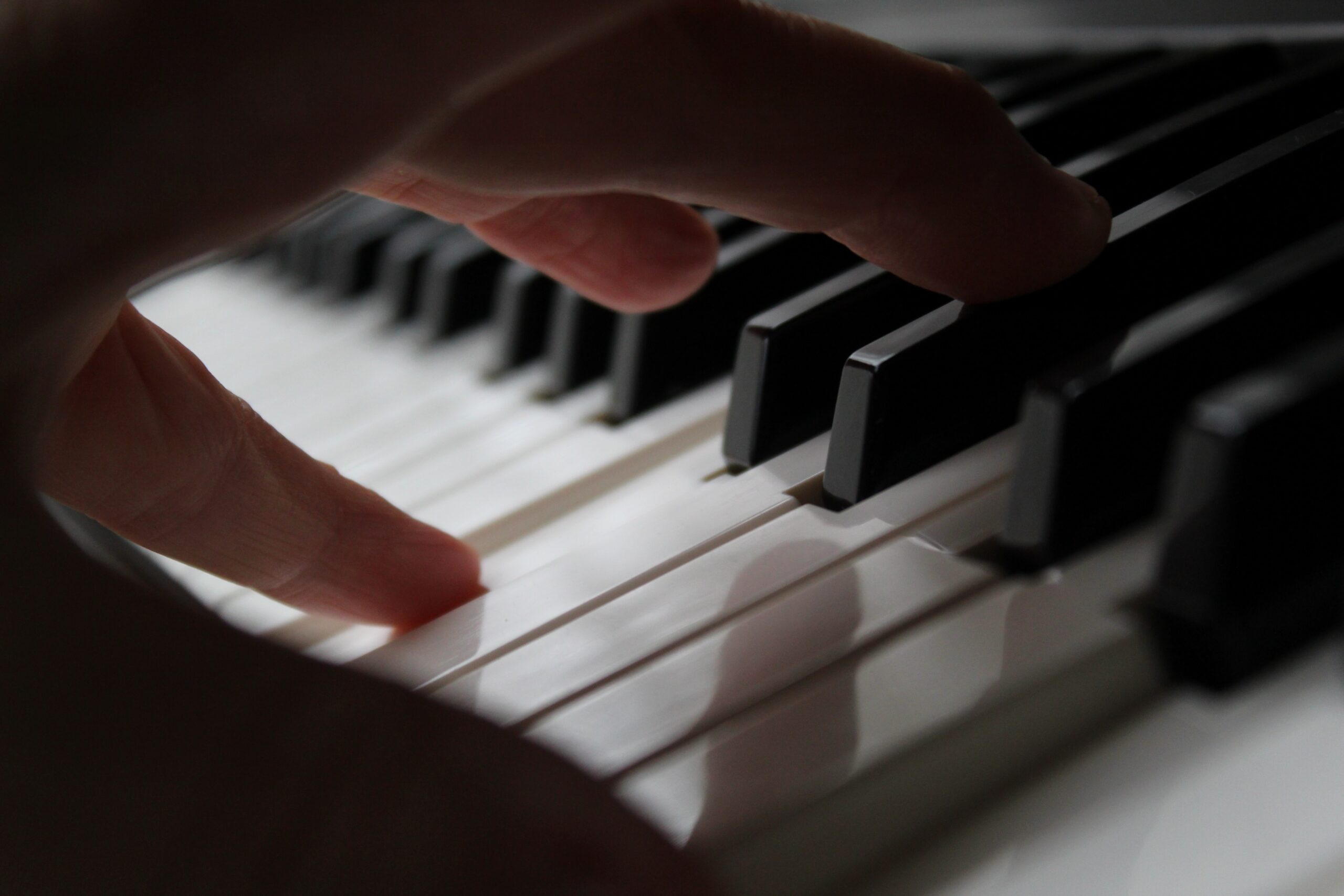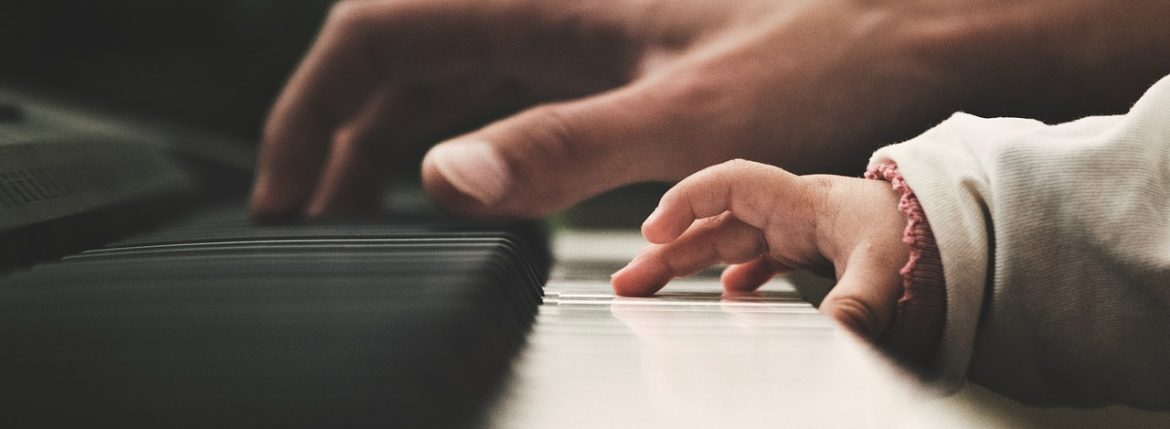It is never too late to revive forgotten hobbies and passions. Many people have considered learning a new skill from baking to painting, maybe you’ve wondered how to teach yourself to play piano?
Music is one of the best ways to lift spirits, with many studies demonstrating that playing a musical instrument improves mental health, increases self-esteem, lowers blood pressure and makes you generally feel more positive. Whether you’re a fan of classical music or you prefer something a little more contemporary, you’ll be able to find a style of music that suits your taste.
Here we talk you through the basic steps when learning to play piano.
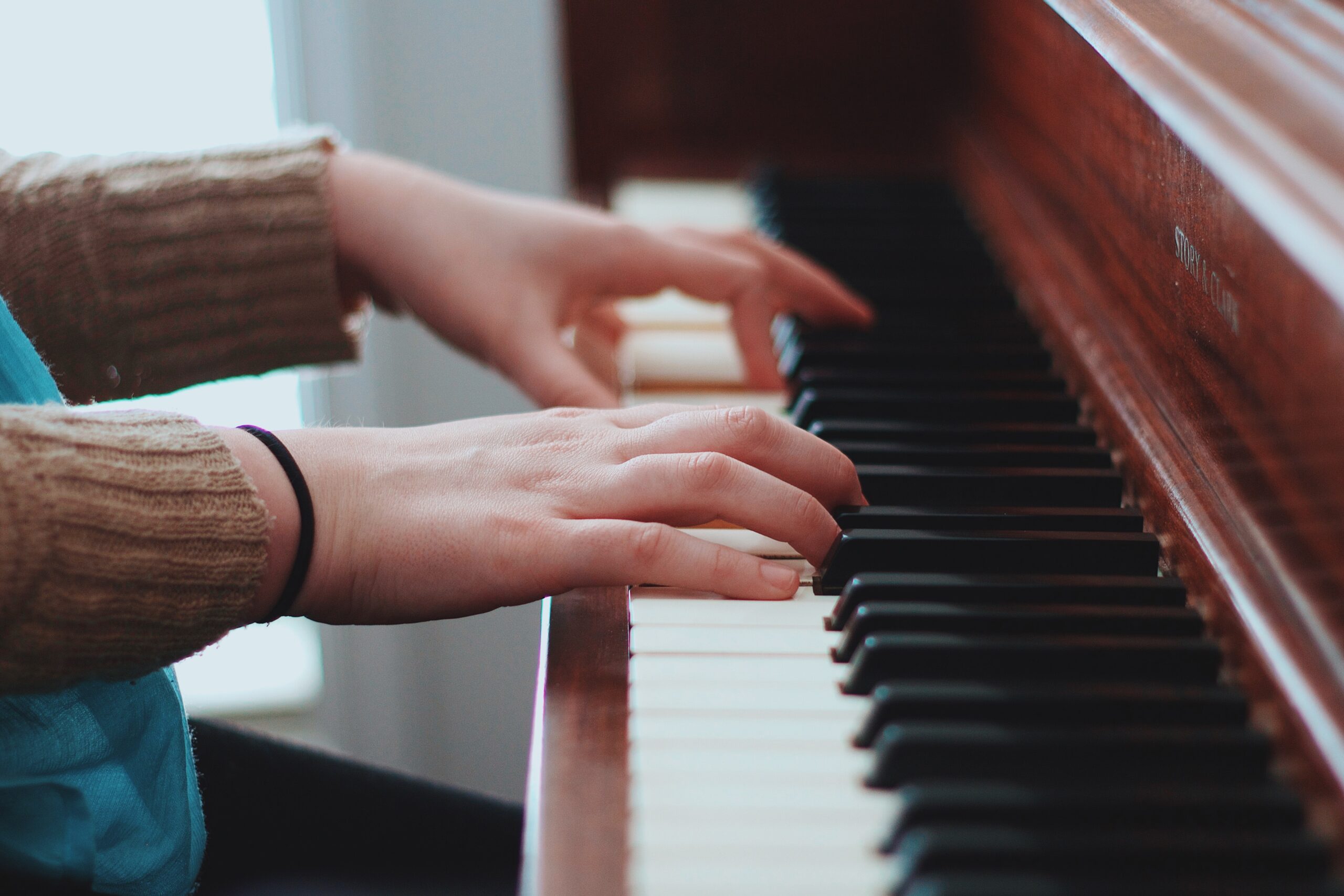
Steps to Play Piano
The first step is to start learning basic piano knowledge:
- A piano has 88 keys; the white ones called naturals, create a natural-sounding note while black keys known as accidentals produce a sharp or flat sound
- Every keyboard has seven naturals: C-D-E-F-G-A-B
- It also has five accidentals per octave, which can either be sharp or flat
- Make sure that you learn the names of the left and right-hand staff, bass clef and treble clef
How to learn to play the piano
The next stage is to find either a local piano teacher, online instruction manual or YouTube video to guide you. There are plenty of online tutorials, YouTube videos, and books available that can teach you how to play the piano. However, one of the best ways to learn is by signing up for lessons with a qualified instructor. A good instructor will not only teach you the basics of playing the piano but will also help you develop your own style and technique.
Using a beginner’s tool, you progress methodically by learning to read and play basic scales, chord progression and simple songs.
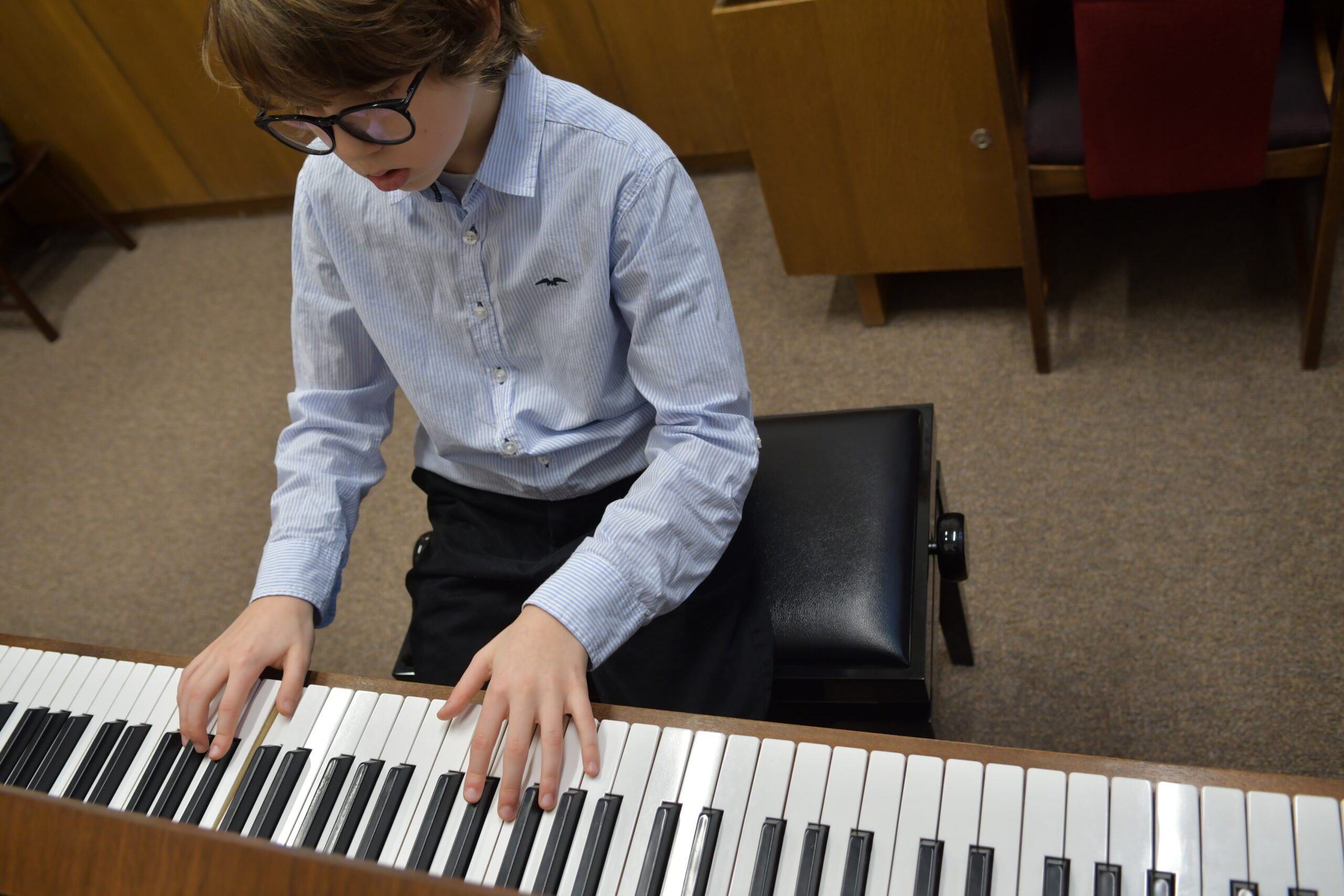
Understanding the fundamentals
Once you start to understand the fundamentals of playing the piano, you will remember where the different notes are located.
Many starters choose to use flashcards or stickers on the keys to help them recall the most common chords note placements.
Understanding finger placement
The next step is just as important, that is to understand finger placement. This is a skill that requires time and practice, and without mastering it you will struggle later to play up and down the scales.
It’s not merely about striking the proper keys while playing the piano with good technique. Everything from your posture to how you drop your fingertips onto the keyboard affects the sound of the piano. You can transfer energy from your entire body to your fingertips by sitting correctly and standing upright.
Practise the scales
Once you feel confident with finger placement techniques, you can begin to practice playing scales. This helps you familiarise yourself with notes and the distinct sound they each make.
After you’ve completed each of these steps, and feel like you are ready to move on, you can start to learn some basic songs.
The major scales are a vital component of learning how to play and comprehend the basic elements of music. They’re really useful in terms of grasping key signatures. You’ve come to the correct area if you’ve ever wondered why pianists use them, how they function, or what the advantages are.
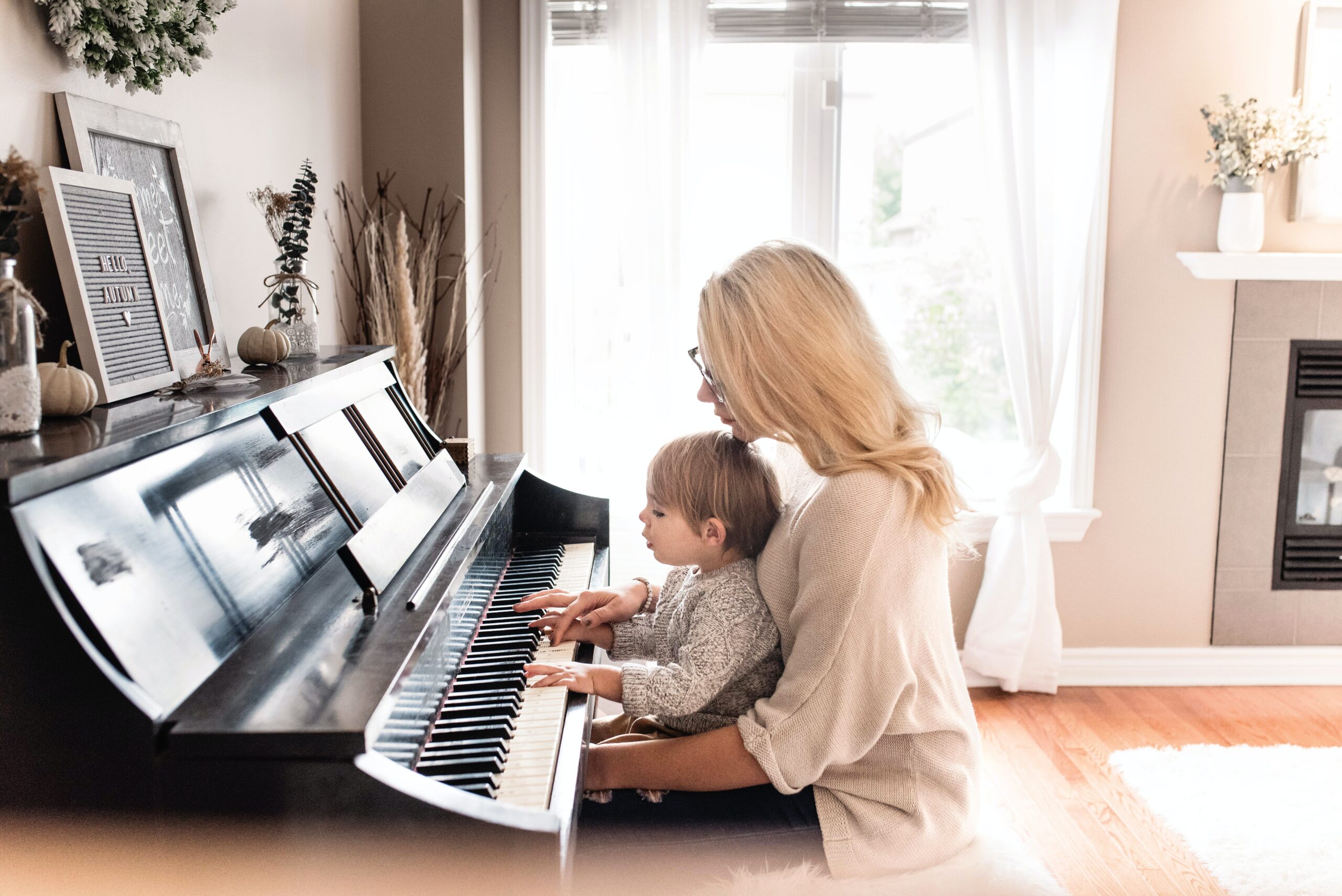
Master the piano chords
If you are following a YouTube video or instruction manual, there will be a point when they teach you to play a simple song that helps you to master the chords and finger placement.
This is also a great way to help you memorise where the notes are located and will aid you down the line with sight-reading.
Play Piano and Practice, Practice, Practice
Finally, the most important part of learning to play the piano; is practice, practice, practice. It is a skill that takes time to hone, some suggest that pianists should spend anywhere between 30 minutes to four hours each day attempting to improve.
Try to do so as often as you can during the lockdown, and soon you should be able to confidently play your favourite song on the piano!
